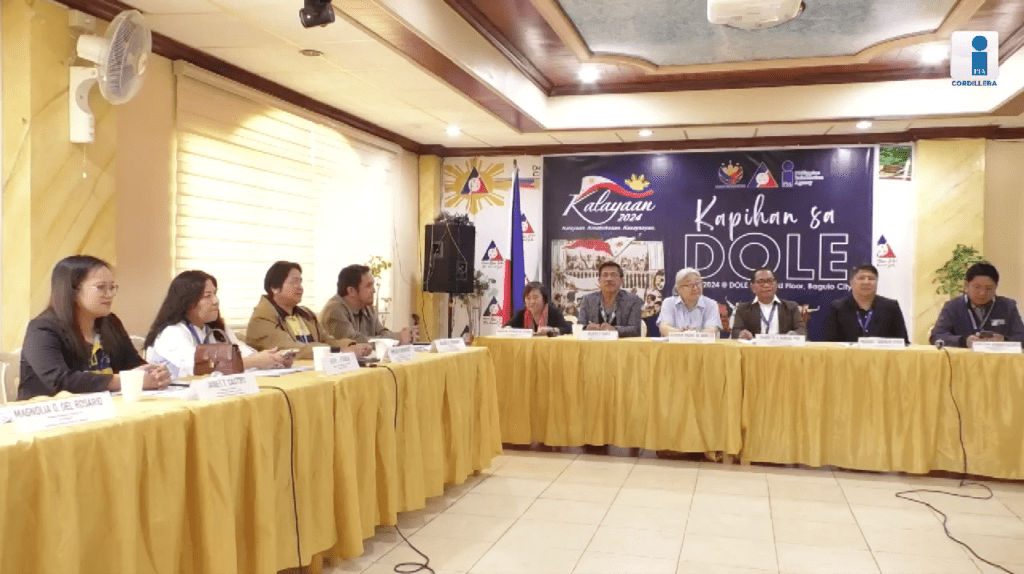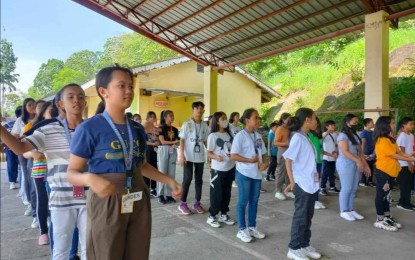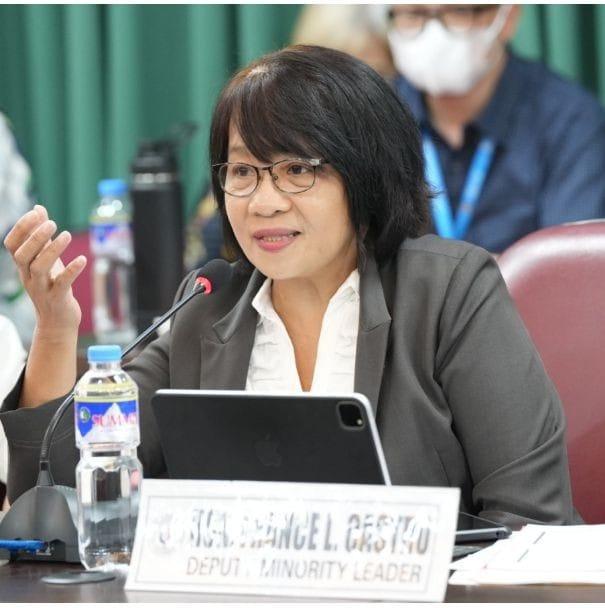Cordillera students earn while on school break; DOLE allocates P18.5M for summer work program

The government has allocated P18.58 million to fund a summer work program for over 4,000 students in the Cordillera Administrative Region.
This initiative, implemented by the Department of Labor and Employment (DOLE), aims to provide financial assistance to underprivileged students and out-of-school youth during the summer break.
“We are prepared to implement the program together with various local government units,” said Emerito Narag, assistant director of DOLE-Cordillera, during a press conference.
The program assigns quotas to each province within the Cordillera region. This year, Abra received the most slots for students with 931, followed by Benguet (743), Kalinga (603), Mountain Province (692), Ifugao (482), Apayao (360), and Baguio City (226), according to a Philippine News Agency report.
Students participating in the Special Program for the Employment of Students (SPES) will receive the minimum wage set for their area.
DOLE will shoulder 60% of their wages, while the remaining 40% will be covered by the local government unit where they are employed.
Aside from their wages, beneficiaries will also be entitled to accident insurance coverage with the Government Service Insurance System (GSIS) for one year.
Romelda Escaño, manager of Baguio City’s Public Employment and Services Office (PESO), explained that the city has a long history with the SPES program, having implemented it for the past 32 years.
“We typically have two batches of students,” Escaño said. “[Their work] periods depend on the end of their school year… We’re going to assign them to different offices of the LGU, and most of them will be handling clerical jobs.”
Due to the earlier school opening this year (July 29), students in Baguio City will only work for 20 days this summer break, shorter than the usual 30-day program.
Escaño expressed hope that a regular schedule would resume next year as academic calendars return to normal.
The SPES program serves as a bridge for underprivileged students, out-of- school youth, and dependents of displaced workers.
It offers temporary employment to help them financially while they continue their education.


